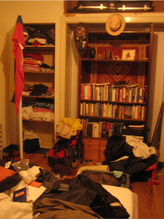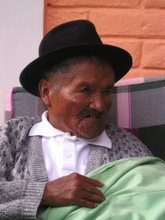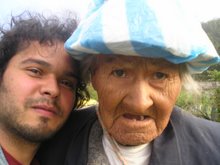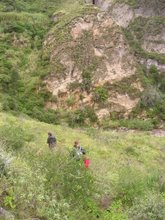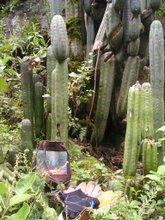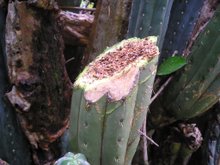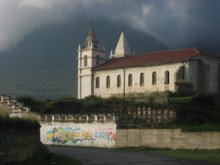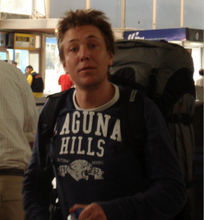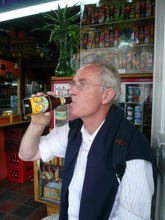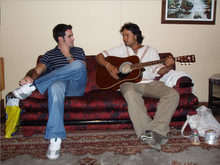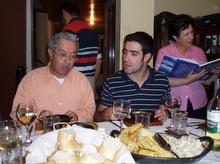 standing on a granite rock somewhere in Surinam), was in Jerusalem, standing in front of the Wall, the Holy Wall that is, of which people fill up its cracks with little pieces of paper with a wish or a prayer written on it. The wishes are stuck into the cracks as deep as possible so they won’t fall out and thus be granted.
standing on a granite rock somewhere in Surinam), was in Jerusalem, standing in front of the Wall, the Holy Wall that is, of which people fill up its cracks with little pieces of paper with a wish or a prayer written on it. The wishes are stuck into the cracks as deep as possible so they won’t fall out and thus be granted.And so, being true to this tradition, the woman of this couple (lady on the right named Lidie, short for Alide) stuck a little itsy tiny bit of paper firmly into the Holy Wall, with the wish they wanted to adopt a child. They had already placed many requests at Adoption homes but hadn’t had any answer what so ever.
But on return from their journey to the Holy City with its Holy Wall, where many Holy Wars had been fought, of which the people of the Holy Land can’t seem to get enough of, this couple found a letter in the mailbox, origin: Colombia, sent by: Inez, head of La Casa de la Madre y el Niño. This was unexpected, and everything they had hoped for. And hopefully the letter brought good news.
Surely Alide and her husband Conrad must have anxiously opened it, ecstatic to read there was a 7 months old baby waiting for them in Bogotá and they were asked to come to take it away and bring it home to Holland.
They flew to Colombia as soon as possible where they met with Inez who handed over a baby called Fernando Antonio Zea, seen here 32 years later, 70 kilo’s heavier, together with the
 same Inez, seen here unpacking his gift, who had last seen him 32 years ago in the arms of Lidie and Conrad walking out the front door of La Casa de la Madre y el Niño, as newly parents and their wish granted. All thanks to that little piece of paper that probably still is somewhere in that wall pressed against and surrounded by many millions of other wishes and prayers written on little pieces of paper.
same Inez, seen here unpacking his gift, who had last seen him 32 years ago in the arms of Lidie and Conrad walking out the front door of La Casa de la Madre y el Niño, as newly parents and their wish granted. All thanks to that little piece of paper that probably still is somewhere in that wall pressed against and surrounded by many millions of other wishes and prayers written on little pieces of paper.
































